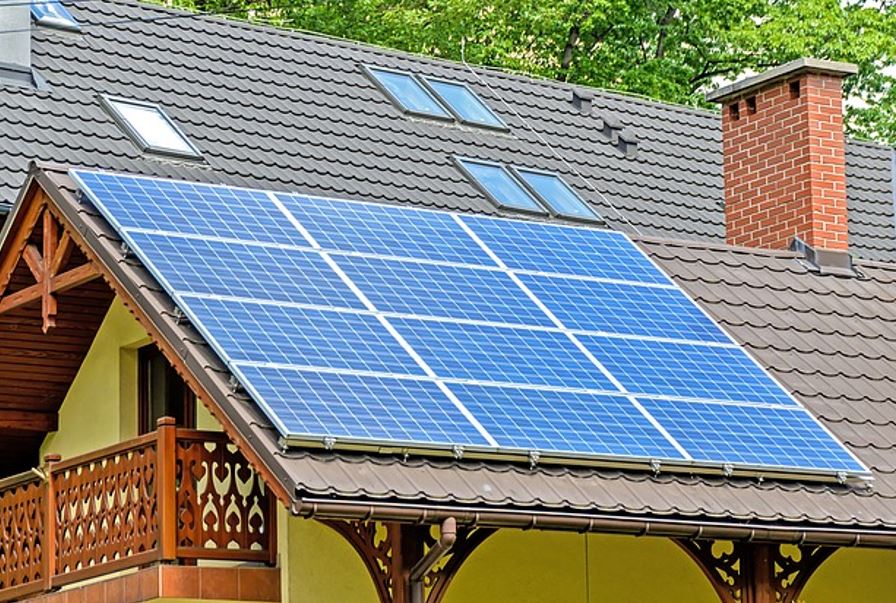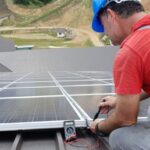We all know we need to do better for the earth – which is why so many people are considering cleaner options, like electric cars and equipping their home with clean energy creating solar panels. In fact, there’s enough solar energy structure in the US to power 16.4 million homes!
And while we’re confident that those homeowners are happy they went solar, we’re not so confident that they could answer “how do home solar panels work”? At least not technically when it comes to solar panel engineering, their panels themselves, the cells in them, and how sunlight gets sent as electricity into your home.
Want the low-down, in regular people terms? We’ve written a guide you won’t need an engineering degree to understand, below.
Solar Panel Vocabulary
While you don’t need an engineering degree, you will need to know some common solar-related terms to understand the rest of the guide. We’ve tried to make the definitions as straightforward as possible.
- Photons: light particles produced by the sun, that we see as light
- Electromagnetic Radiation: the name for the energy photons use (radiation isn’t always bad!)
- Photovoltaic Cell: Also called a solar cell, these are the “bits” that make up the whole solar panel and do the energy conversion
- Silicon: the material that solar cells are made of – it’s conductive, in that it can move electricity
- Phosphorous: an element that’s also in solar cells, but in a smaller amount (it has MORE Electrons than silicon)
- Boron: another element that is in solar cells, in the same amount as phosphorus (it has FEWER electrons than silicon)
- N-Type: one layer of the solar panel that is negatively charged
- P-Type: a separate layer of the solar panel that is positively charge
- P-N Junction: the separation between the two layers above
Don’t worry about memorizing these, we’ll use them in context next.
The Steps in the Collection of Solar Energy
The first step in harnessing the suns energy and creating electricity happens when a photon hits the solar panel and the energy is absorbed. That energy goes into the N-layer, which is negatively charged, and the photon knocks one of the electrons off of it’s home cell. Because of how positive and negative charges work, the now-free negative electron moves up, towards the conductive strip and away from the P-layer.
That electron travels along the conductive strip on your home solar panels and into the solar battery to be stored as energy, or immediately used.
The P-layer has a role in this too. When the negatively charged electron gets knocked off its home by the photon, it leaves an empty space. That empty space is positive and moves down into the positive P-layer.
Once the electron is used as energy and is “used up”, it’s looking for a home again, and it moves along the other conductive strip into the positively charged P-layer.
And the cycle completes, then restarts with a new photon.
How Do Home Solar Panels Work?
We hope this given you a straight forward answer to the question, how do home solar panels work? Solar panels are complicated and works of engineering marvel, which is why solar panels themselves are expensive to (initially) install and produce. Their efficiency will quickly give you a return on your investment though, so don’t let that stop you.
For more great lifestyle content, make our blog your homepage!















